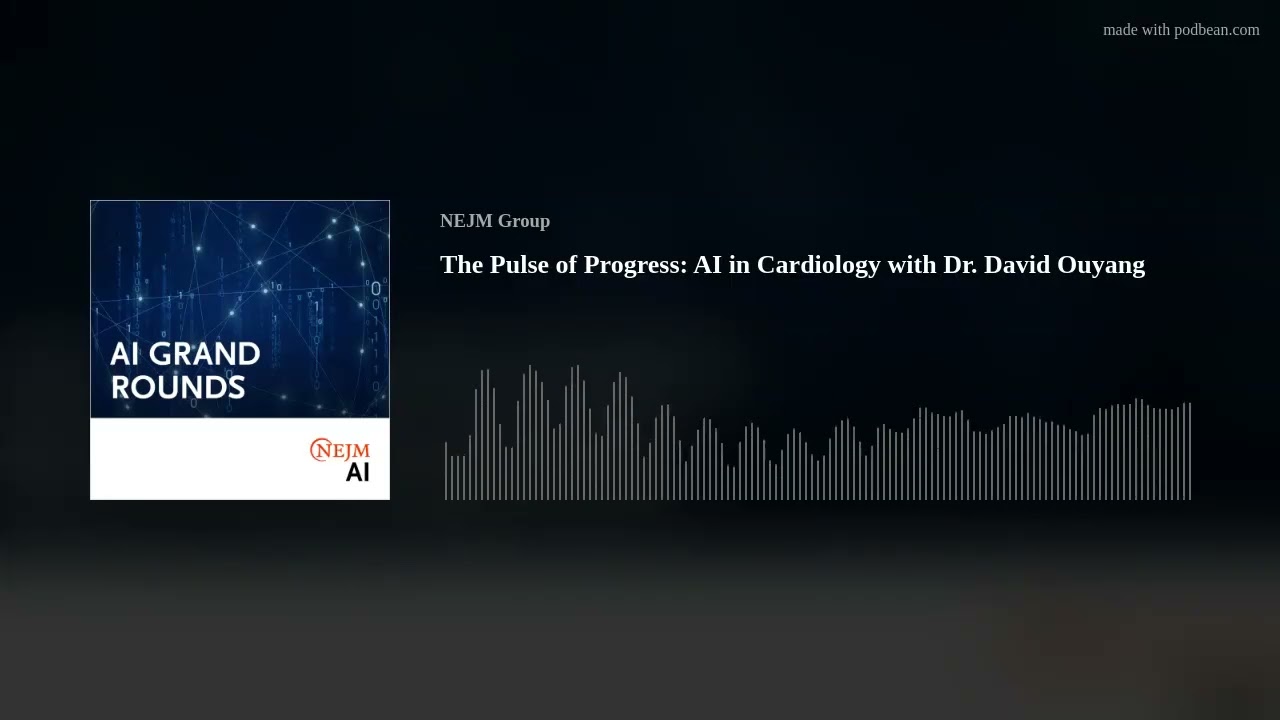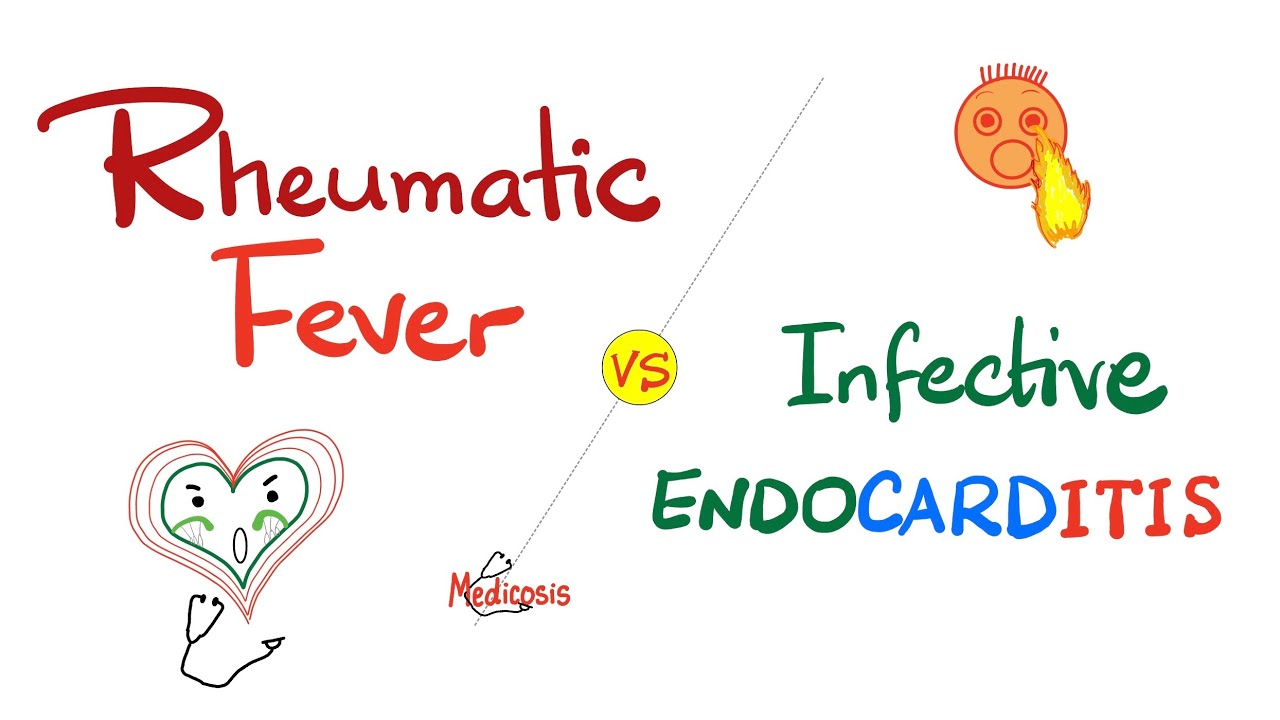Bacterial pneumonia ups short-term risk of acute coronary syndromes
Reuters Health • The Doctor's Channel Daily Newscast
Moreover, the results indicate that patients with bacterial pneumonia are at much greater risk for ACS in the days following admission than they are a year before or after hospitalization.
The current study is not the first to link acute respiratory tract infections with ACS, but it does feature some methodologic improvements over prior investigations.
“Our study is novel in the sense that it uses stringent diagnostic criteria for those cases of bacterial pneumonia including clinical, radiologic and microbiologic data supporting this diagnosis,” lead author Dr. Vicente F. Corrales-Medina told Reuters Health. Equally stringent clinical, ECG, and biochemical criteria were used to diagnose ACS, he added.
Dr. Corrales-Medina, who is with Baylor College of Medicine in Houston, presented his team’s findings at the combined annual meeting of the Interscience Conference on Antimicrobial Agents and Chemotherapy (ICAAC) and the Infectious Diseases Society of America (IDSA).
The study focused on patients who were hospitalized with pneumonia caused by Streptococcus pneumoniae or Haemophilus influenzae, the most commonly implicated bacterial pathogens. Included were 206 case patients with pneumonia and 395 non-pneumonia non-ACS controls matched by date and time of admission.
In general, the two groups were comparable, although case patients were more likely to have a history of smoking and COPD, while controls were more likely to have dyslipidemia and use statins.
Overall, 10.7% of case patients and 1.52% of controls experienced an ACS within 15 days of hospital admission, yielding an odds ratio of 7.75 (p < 0.001). For pneumonia due to S. pneumoniae and H. influenzae, the odds ratios were 6.98 and 9.60, respectively (p < 0.001 for both). On regression analysis, pneumonia increased the odds of ACS by 7.20-fold.
Further analysis showed that pneumonia patients were roughly 45-times more likely to experience an ACS in the days following their admission than either 1 year before or after their hospital stay.
Additional studies are needed to understand the molecular basis of the association, Dr. Corrales-Medina said.
He added that his “group is engaged in two related projects: 1) we are developing a mouse model of this condition in order to study the mechanisms responsible for this phenomenon and to test possible strategies to influence its occurrence, and 2) we are evaluating if a similar relationship holds for other types of infection, in this case, Staphylococcus aureus bacteremia.”
For more information, visit:
Interscience Conference on Antimicrobial Agents and Chemotherapy
Infectious Diseases Society of America






